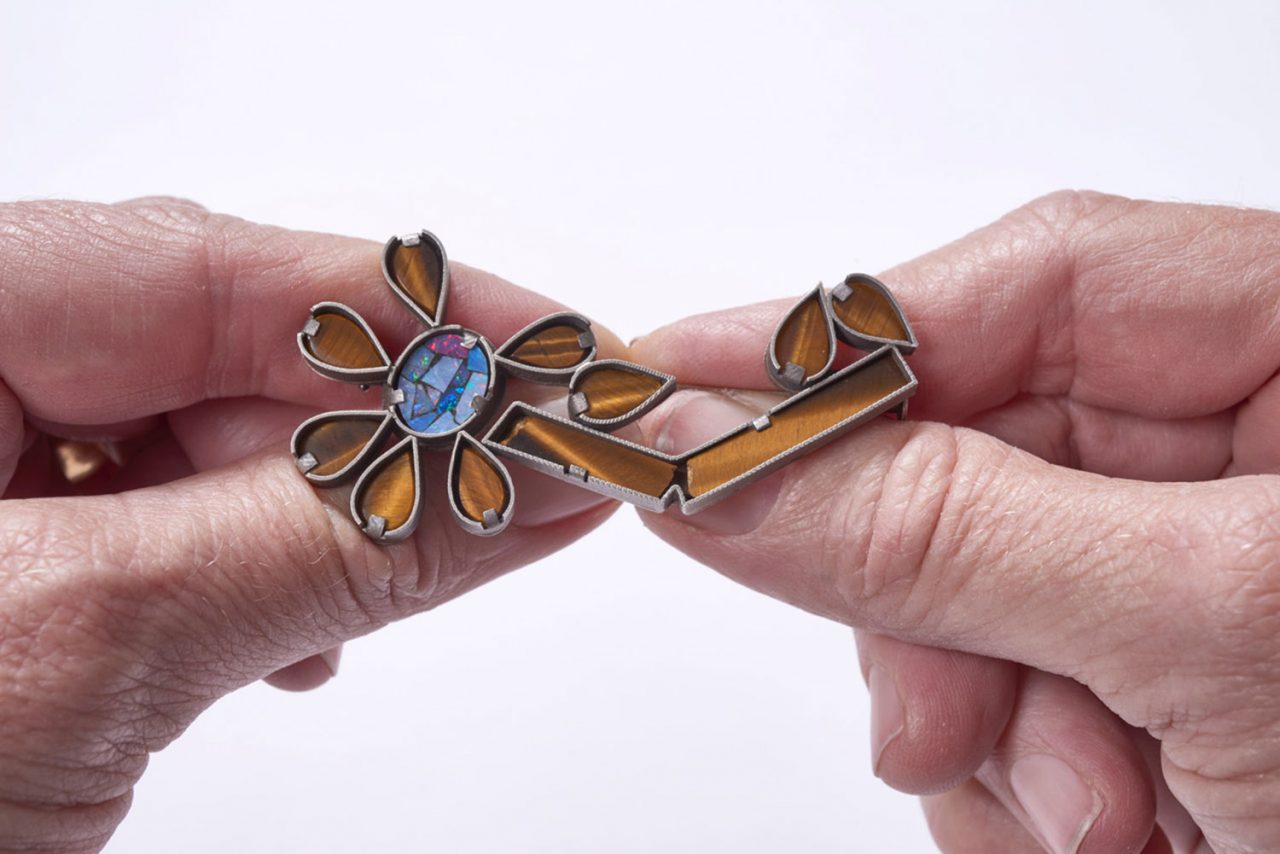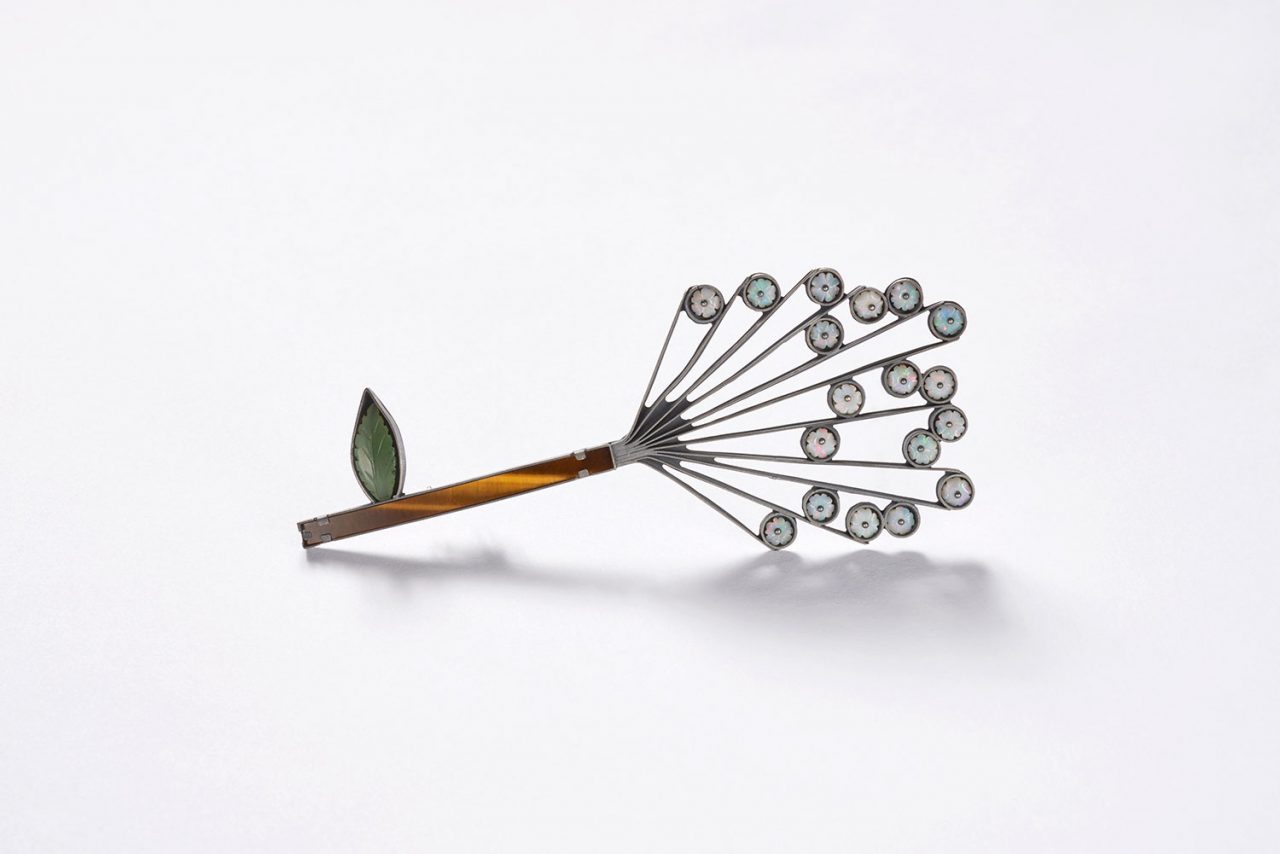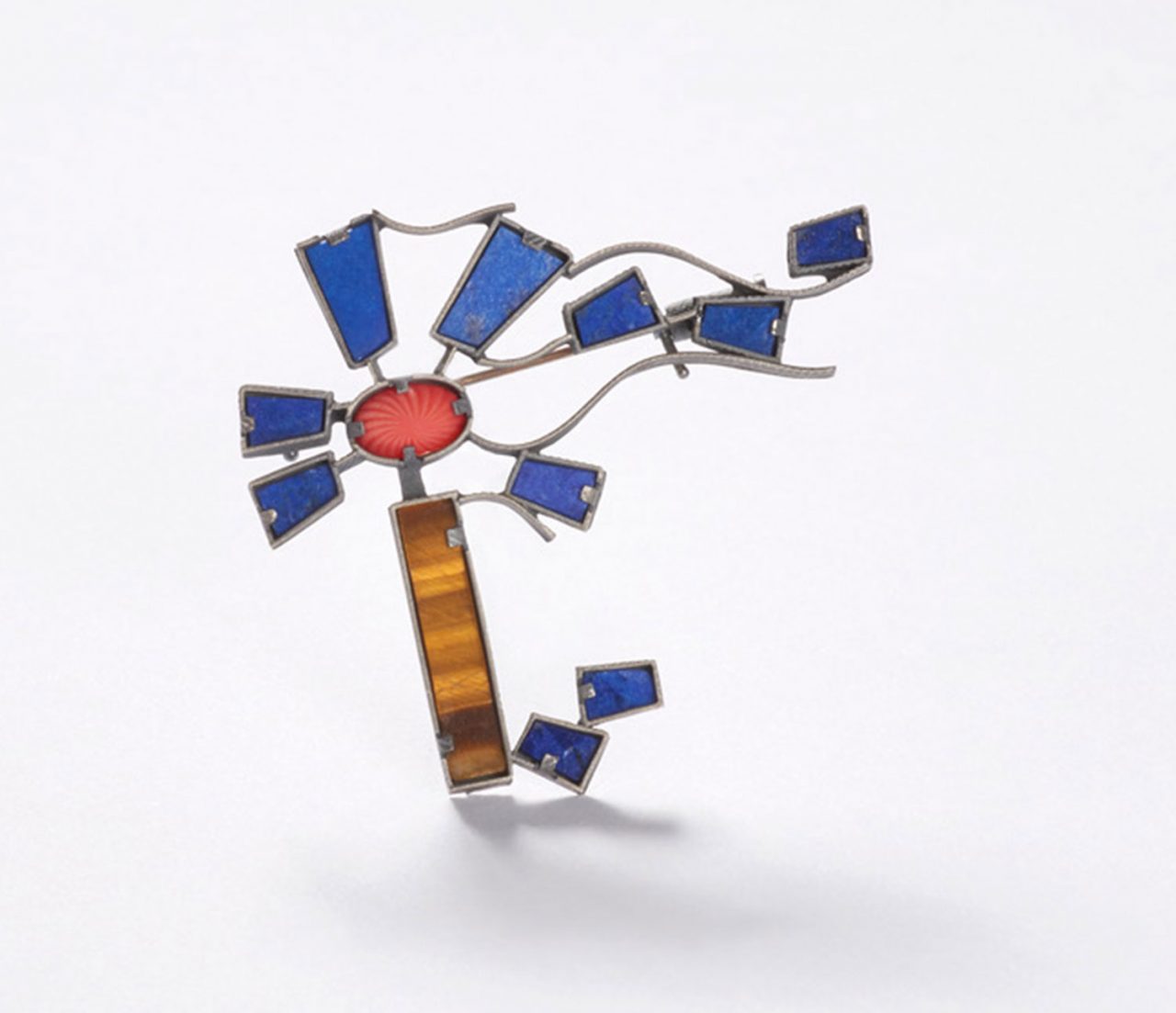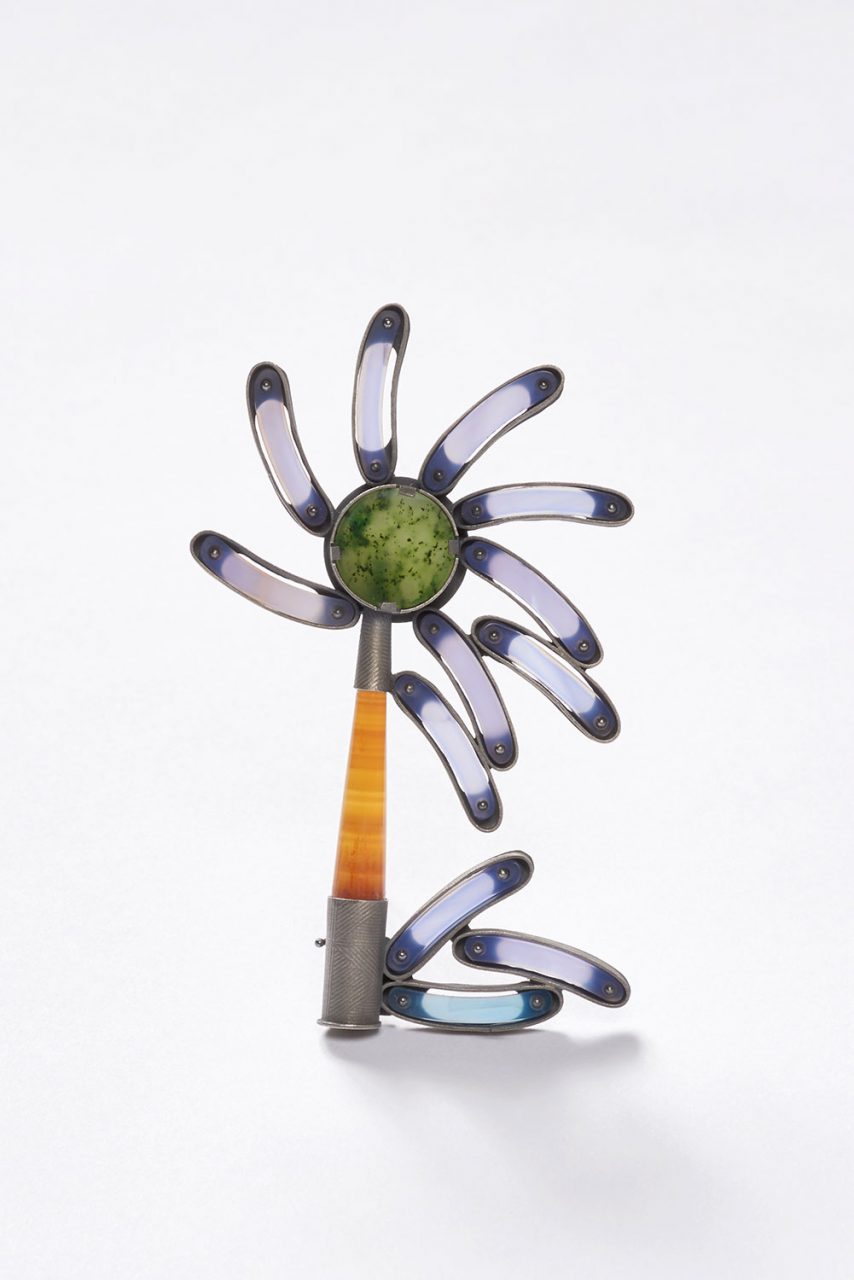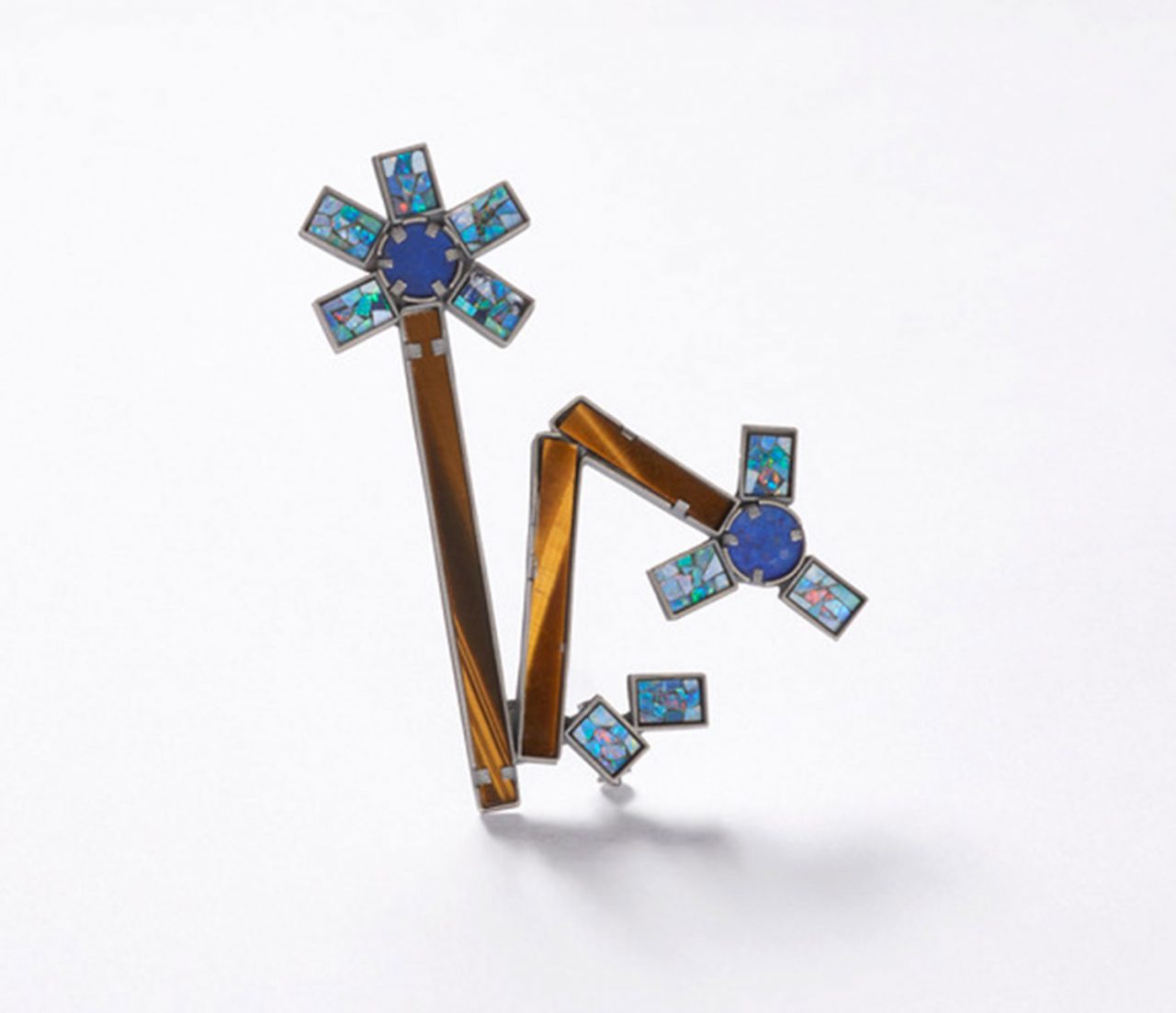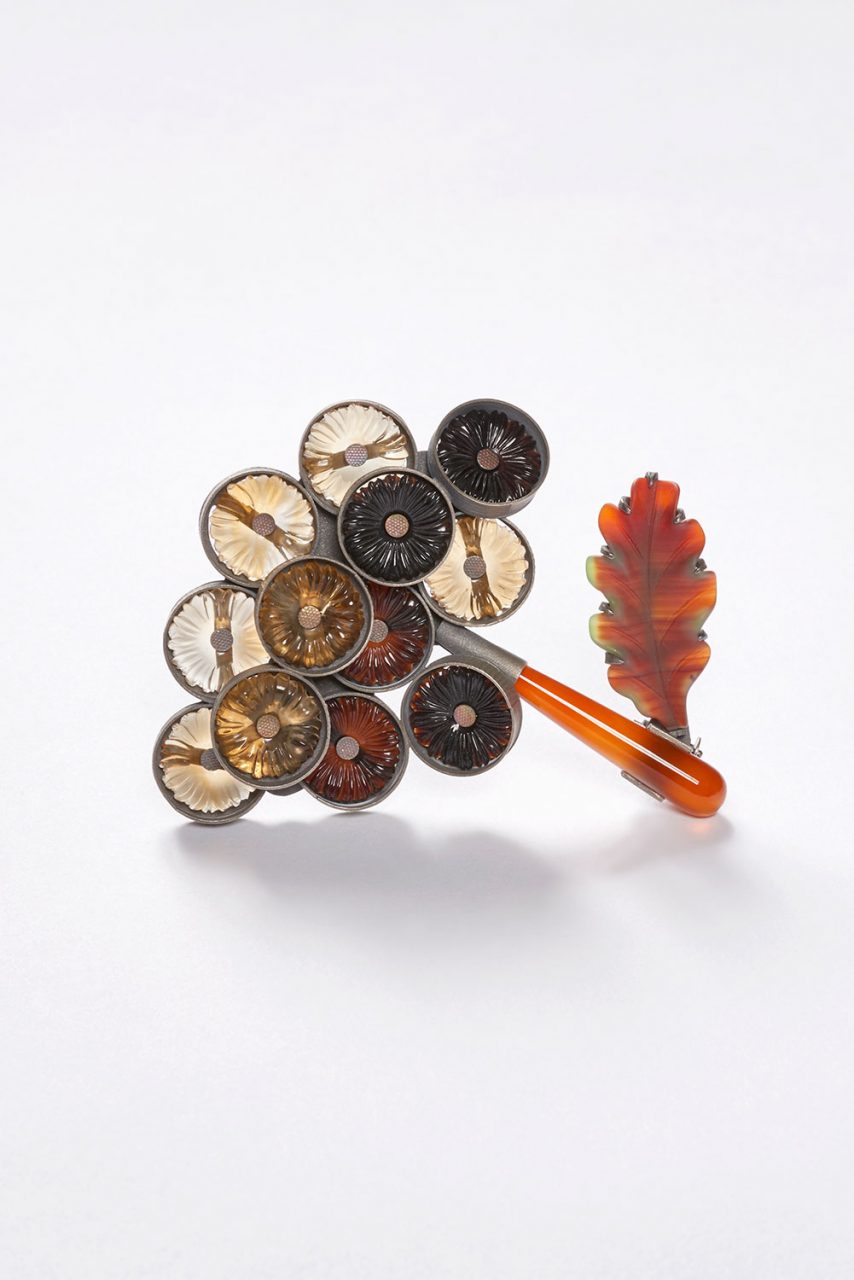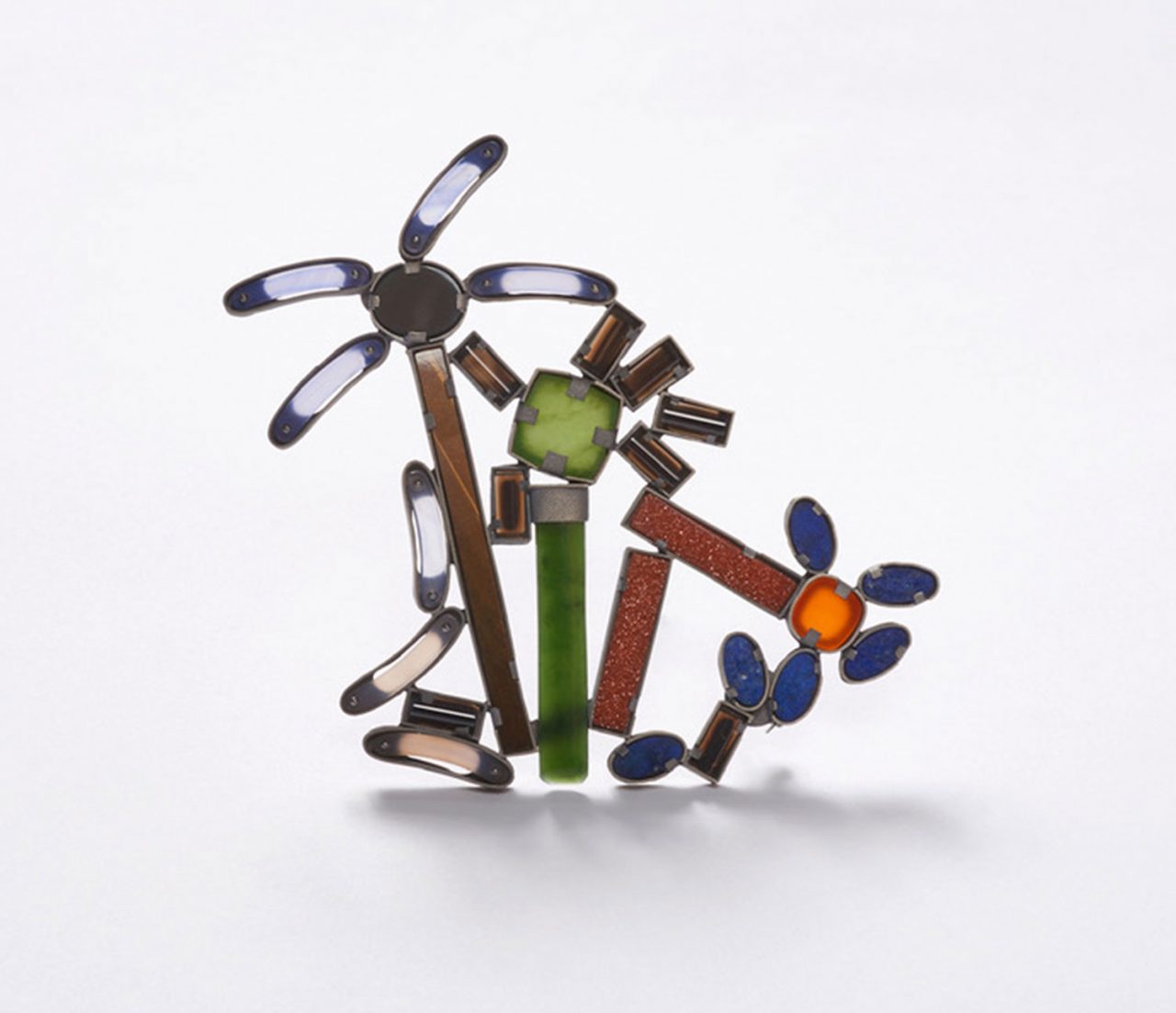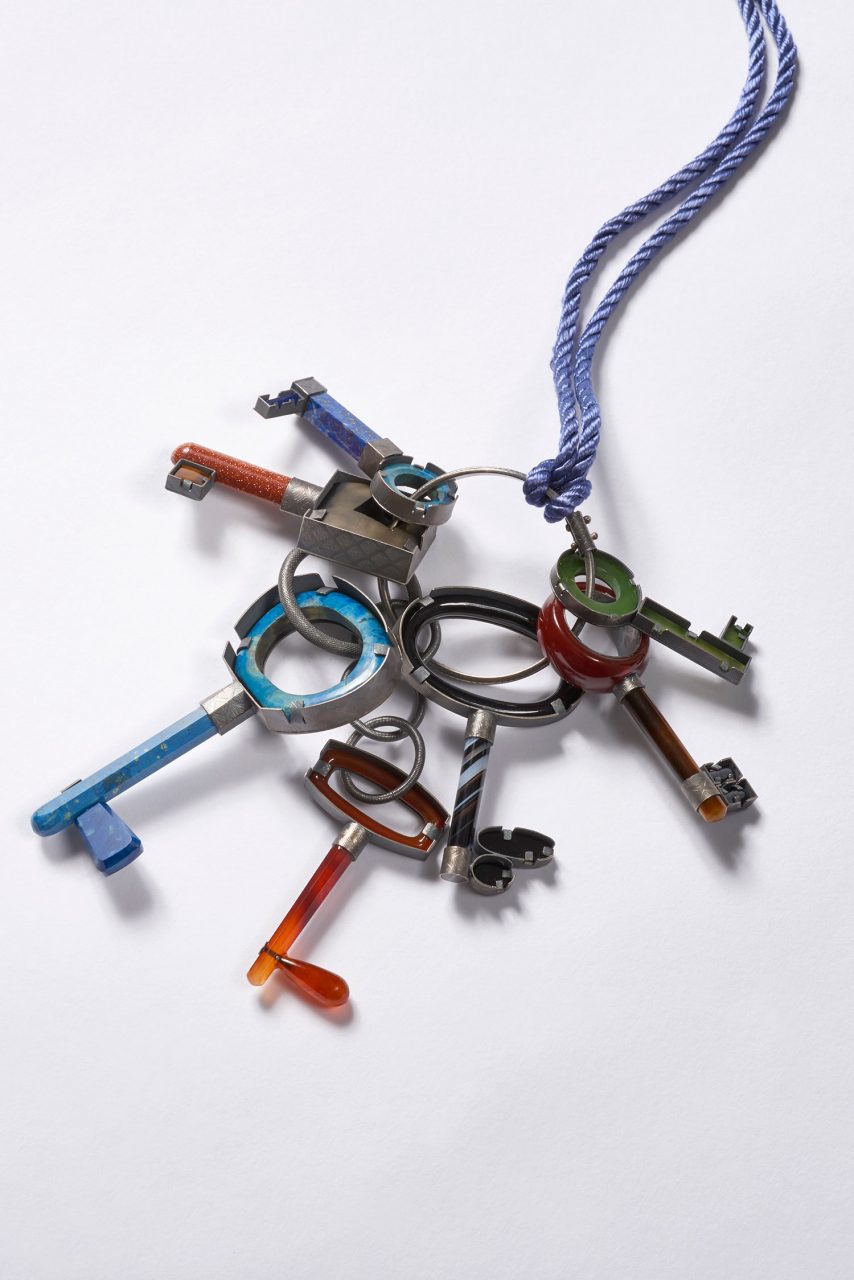Ephemeral Phenomena
Pictograms constructed in stone. They formed on my table almost by themselves; while sliding the piles around animals and insects and flowers appeared, like watching clouds or reading tea leaves. What to do? As we consume our planet, deplete the quota of resources earlier and earlier each year, it is difficult to justify the production of even more things. All I can do is carefully use up what I already have. These stones were collected over my lifetime, many surplus or seconds, cut by hands that can no longer be paid to do the work, in such masses that they still lie around in piles on tidelines of human activity, specific geographic locations resulting from trade shifts and economic failure. Some shapes meticulously formed by remarkable crafts people, thin and fragile and delicate, a contradiction to the materials they are made from. Some cut long ago, in a world that no longer exists. I have started building gardens of stone, portraits of fragile little lives carefully made to last several hundred years if not longer. Reminders of what we hold in our hands, a metaphor for our responsibility. I ask of everything: Where did you come from? Who made you? What were the circumstances of your production? What changed as a result of you being in my hand now? The beautiful colours of the minerals in these rocks are not lost on me, formed in our planet millennia ago, dug and blasted from the earth to be traded, some precious, some as ships ballast, to be cut by individuals most of who’s names we will never know. And all this activity for what? Materials and their tales, the trail they leave across space, time, history. And now here I am adding to their story. So let them be worn and treasured and traded and blessed for what they represent, and for the metaphor they contain.
Keys
I have kept a key from every space I’ve lived in, even from some of the places I’ve worked. Keys entered my artist practice with the Ghost Train. I included old keys in the show bags as one of 13 spooky things. I found out more about the practice of wearing keys as a way of implying that one had property or access. For this purpose large decorative but useless keys were produced that only had a symbolic function. Then most touching was the story of how many refugees carry their door key with them, not knowing if they will return and or if there will be anything to return to.
Symbols of security and place, perhaps of power and possession, keys are also questions. What do they allow? Where do they let you in? What do they secure?

